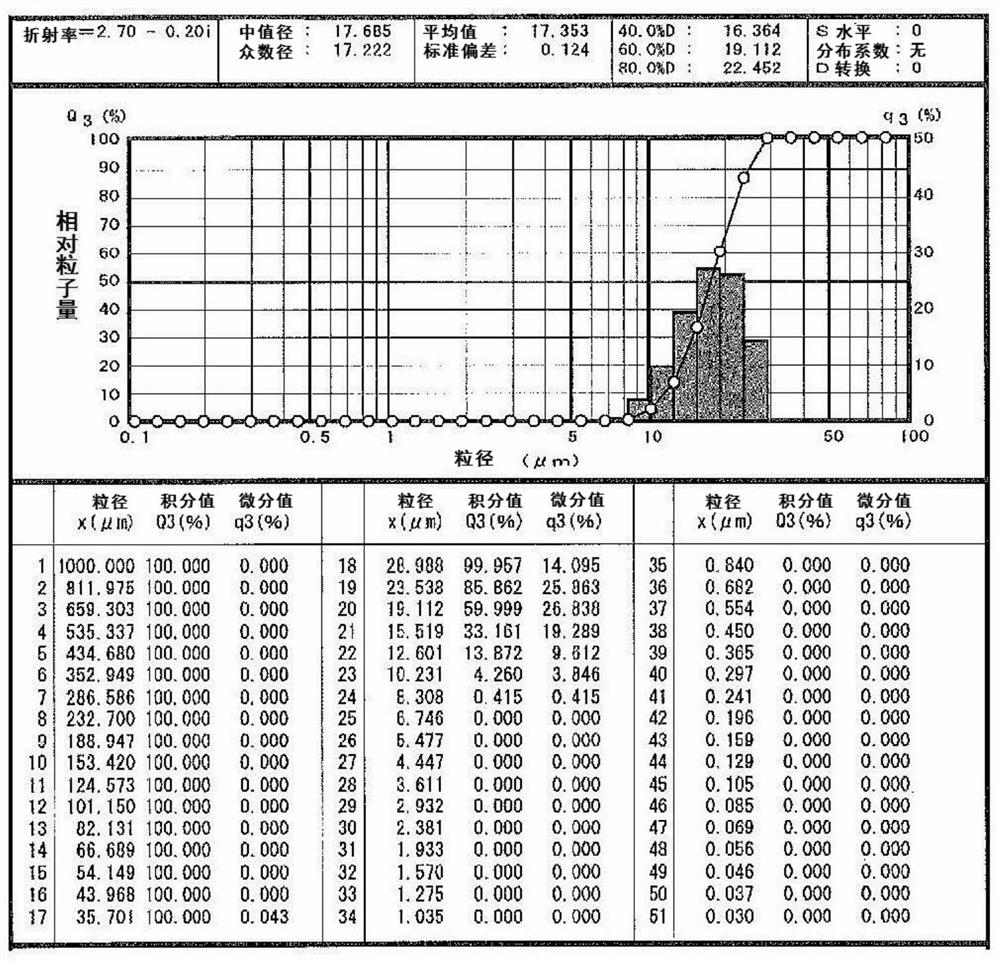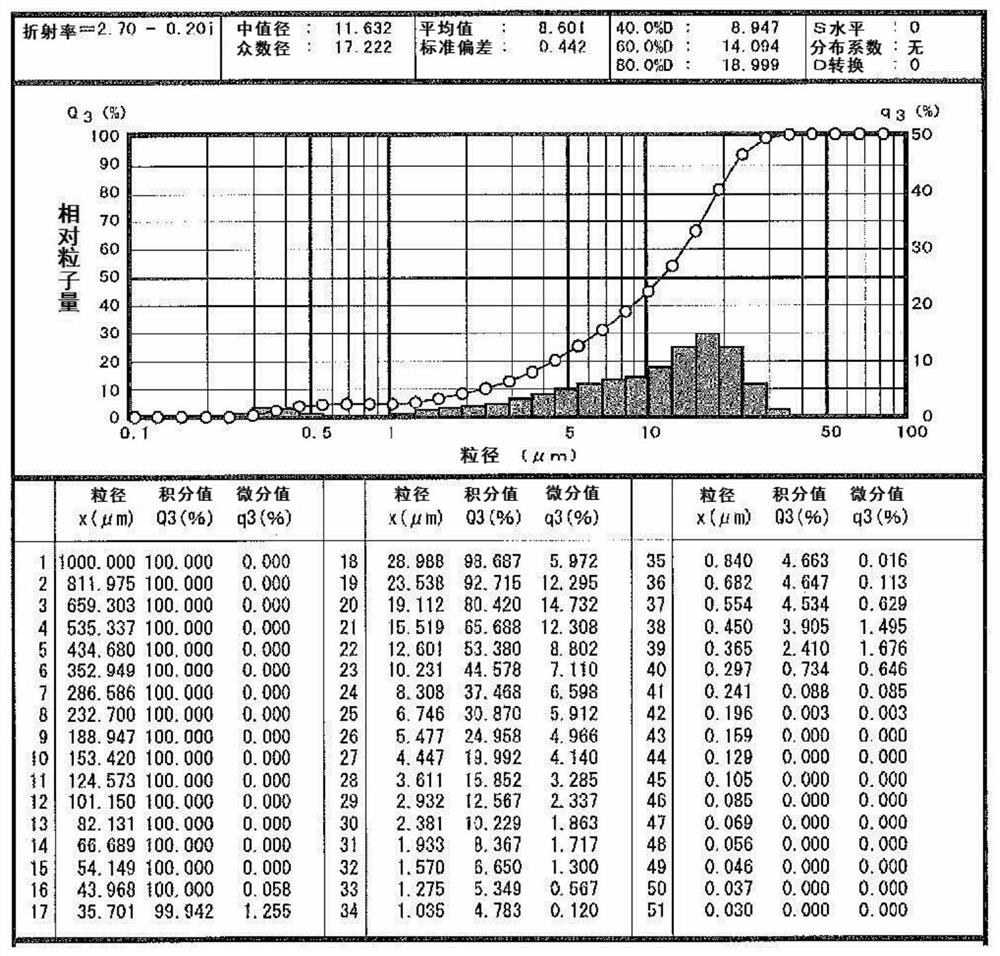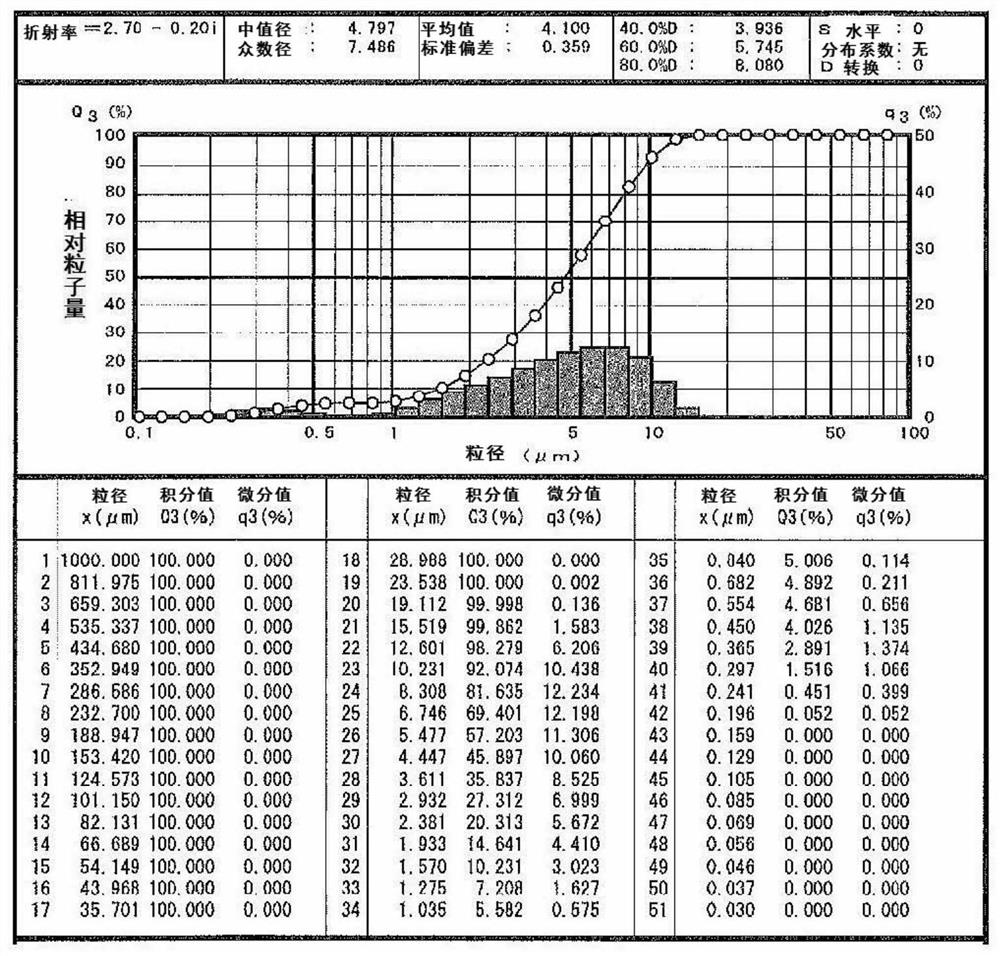Antifouling coating composition, antifouling coating film, antifouling substrate, and method for producing the antifouling substrate
A technology for antifouling paints and compositions, applied in antifouling/underwater paints, chemical instruments and methods, devices for coating liquids on surfaces, etc., which can solve the problem of increased surface roughness, increased fuel costs, reduced ship speed, etc. problems, to achieve the effect of reducing the content, delaying the limitation of the coating interval, and reducing the viscosity
- Summary
- Abstract
- Description
- Claims
- Application Information
AI Technical Summary
Problems solved by technology
Method used
Image
Examples
manufacture example 1
[0230] Add 53 parts by mass xylene in the reaction vessel equipped with stirrer, reflux condenser, thermometer, nitrogen inlet pipe and dropping funnel, while stirring the xylene with stirrer under nitrogen atmosphere, under normal pressure, put the xylene in the reaction vessel Xylene was heated to 85°C. While maintaining the temperature of xylene in the reaction vessel at 85° C., 60 parts by mass of TIPSMA (triisopropylsilyl methacrylate), MEMA (2-methylmethacrylate oxyethyl ester) 20 parts by mass and MMA (methyl methacrylate) 10 parts by mass, BA (butyl acrylate) 10 parts by mass and AMBN (2,2'-azobis(2-methylbutyronitrile)) 1 part by mass of the formed monomer mixture was added to the reaction vessel.
[0231] Next, 0.5 parts by mass of tert-butyl peroxyoctanoate was further added to the reaction vessel, and while the liquid temperature in the reaction vessel was kept at 85° C. under normal pressure, the liquid in the reaction vessel was continuously stirred for two hour...
manufacture example 2~5
[0233] Except using the monomer mixture having the composition shown in Table 1 instead of the monomer mixture used in Production Example 1, polymer solutions (a2), (a3), ( b1) and (b2), various physical properties were measured. The results are shown in Table 1.
[0234] [Table 1]
manufacture example 6
[0237] [Manufacture example 6] Manufacture of gum rosin copper salt
[0238] In a 1,000ml flask equipped with a thermometer, a reflux condenser, and a stirrer, 400g of a xylene solution (50% of solid content) of Chinese gum rosin (WW rosin, acid value 172), 200g of cuprous oxide, 100g of methanol, and glass beads (diameter 2.5 to 3.5 mm), stirred at 70 to 80°C for 8 hours, and then kept at a temperature of 50°C for 2 days. Then, after cooling the obtained mixed solution to room temperature (25 degreeC) and filtering, the methanol component was distilled off by concentration under reduced pressure. Thereafter, xylene was added to the obtained concentrate to obtain a xylene solution of gum rosin copper salt (dark blue transparent solution, solid content about 50%). The xylene solution of the obtained gum rosin copper salt had a residual component after heating of 50.8%. This gum rosin copper salt was used in Comparative Example 3 below.
PUM
| Property | Measurement | Unit |
|---|---|---|
| particle size | aaaaa | aaaaa |
| particle size | aaaaa | aaaaa |
| particle diameter | aaaaa | aaaaa |
Abstract
Description
Claims
Application Information
 Login to View More
Login to View More - R&D
- Intellectual Property
- Life Sciences
- Materials
- Tech Scout
- Unparalleled Data Quality
- Higher Quality Content
- 60% Fewer Hallucinations
Browse by: Latest US Patents, China's latest patents, Technical Efficacy Thesaurus, Application Domain, Technology Topic, Popular Technical Reports.
© 2025 PatSnap. All rights reserved.Legal|Privacy policy|Modern Slavery Act Transparency Statement|Sitemap|About US| Contact US: help@patsnap.com



